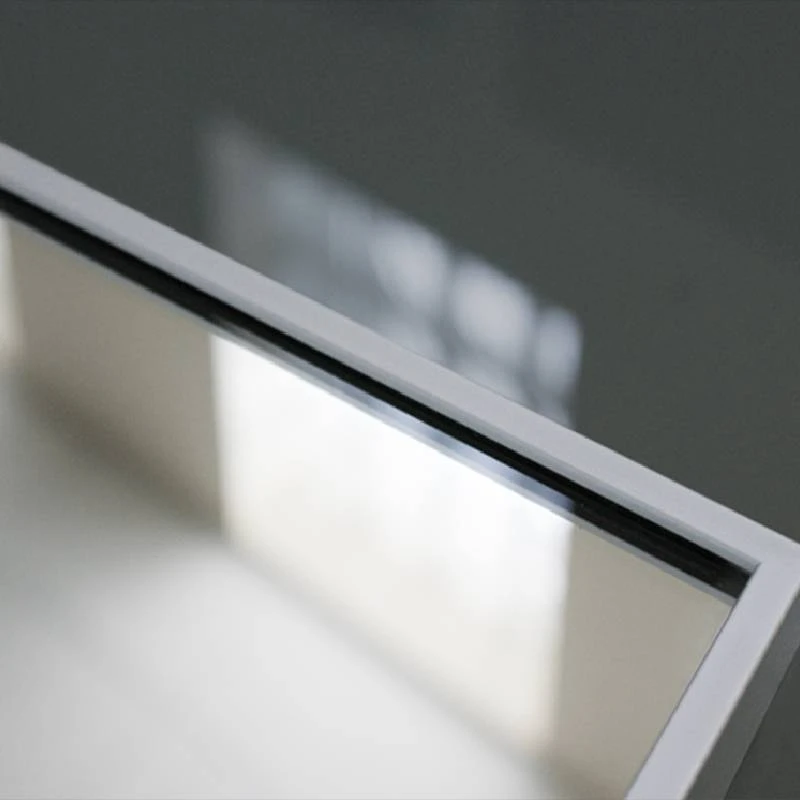

The Advancements and Applications of Strengthened Glass
In the rapidly evolving world of materials science, strengthened glass has emerged as a significant innovation, reshaping various industries with its unparalleled strength and durability. Unlike standard glass, which is inherently brittle and susceptible to breakage, strengthened glass undergoes specialized treatment processes that enhance its resistance to impact, thermal shock, and other forms of stress. This article explores the methods of strengthening glass, its various applications, and the future potential of this remarkable material.
Methods of Strengthening Glass
The most common methods for producing strengthened glass include thermal tempering and chemical strengthening. Thermal tempering involves heating glass to high temperatures (around 620 degrees Celsius) and then rapidly cooling it. This process alters the internal structure of the glass, creating compressive stresses on its surface and tensile stresses in its core, making it more resistant to breakage. In the event that tempered glass does shatter, it breaks into small, blunt pieces rather than sharp shards, reducing the risk of injury.
Chemical strengthening, on the other hand, employs ion exchange processes to increase the glass's durability. In this method, glass is immersed in a salt bath, where smaller alkali ions are replaced with larger ions. This exchange generates compressive stress on the glass surface, enhancing its resistance to scratching and impact. The use of chemical strengthening is particularly valuable in the production of glass used in mobile devices and other high-tech applications, where both strength and clarity are critical.
Applications of Strengthened Glass
Strengthened glass is utilized across numerous sectors due to its advantageous properties. One of the most visible applications is in the construction industry. Architects and builders favor tempered glass for windows, facades, and safety barriers because it not only offers clear visibility but also ensures the structural integrity of buildings under stress from weather and human activity.
In the automotive sector, strengthened glass is employed for windshields and windows. The safety features associated with tempered glass are paramount; they help prevent injury during accidents while enhancing the comfort and clarity of the driver’s view. Innovations continue in this field, with research into glass that can withstand even greater impacts and resist environmental factors such as extreme temperatures and humidity.

The electronics industry also relies heavily on strengthened glass. Most smartphones and tablets feature chemically strengthened glass to protect against scratches and shocks. This has become an industry standard, as consumers demand devices that are not only sleek but also resilient against daily wear and tear.
Moreover, strengthened glass is gaining recognition in healthcare environments. Hospitals utilize it for various applications, including glass partitions, windows, and surgical equipment. The durability of strengthened glass minimizes the risks associated with accidental breakage, crucial in sensitive settings where hygiene and safety are priorities.
Future Potential
As the demand for advanced materials continues to grow, the future of strengthened glass appears bright. Researchers are investigating new strengthening techniques and composite materials that could further enhance its properties. For instance, integrating nanotechnology into glass production promises to lead to lighter, yet even stronger glass options, opening doors for applications that were previously deemed infeasible.
Additionally, innovations in self-cleaning and anti-reflective coatings for strengthened glass may revolutionize its use in both residential and commercial properties. Such advancements can enhance energy efficiency, improve aesthetic appeal, and reduce maintenance costs.
Sustainability also plays a critical role in the future of strengthened glass. The introduction of recycled glass as a raw material in the manufacturing process is gaining traction, supporting an eco-friendly approach. As consumers increasingly prioritize sustainability, the glass industry will likely adapt to meet these new demands.
Conclusion
Strengthened glass stands at the forefront of modern materials science, offering robust solutions across various industries. Its enhanced strength, safety features, and multitude of applications point to its continuing relevance and evolution. As manufacturers and researchers push the boundaries of what’s possible with strengthened glass, the next generation of this material promises to uphold its legacy of resilience, artistry, and innovation. In a world where safety and durability are paramount, strengthened glass will undoubtedly play a pivotal role in shaping the future of our built environment and technological advancements.